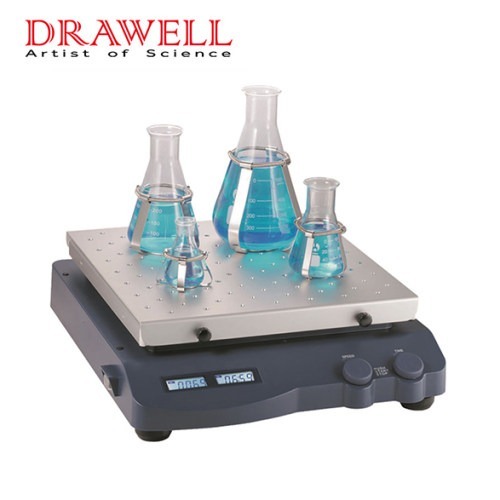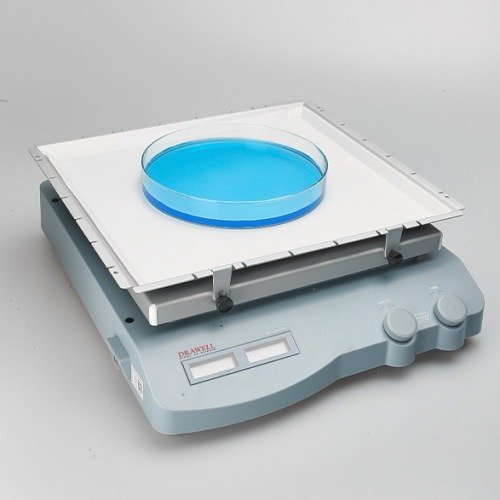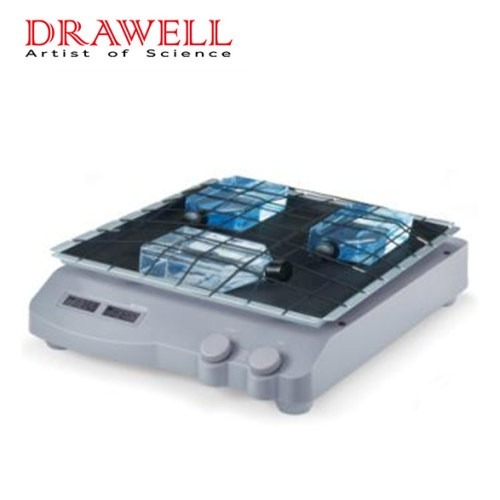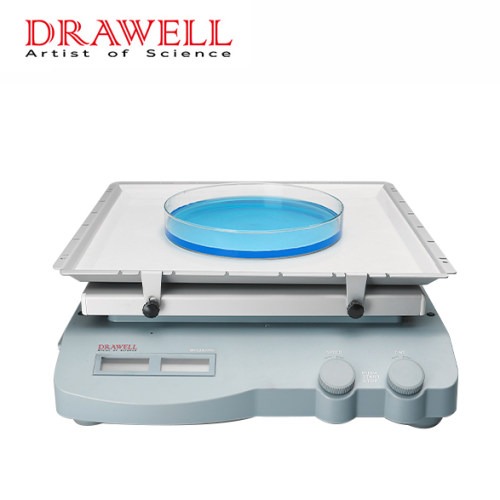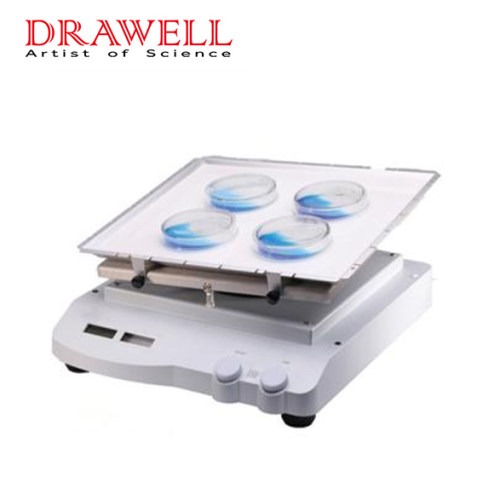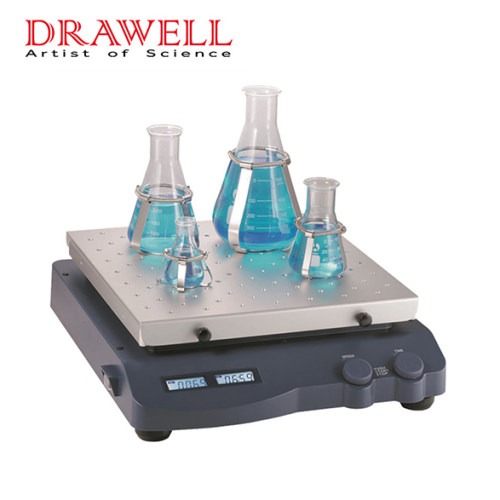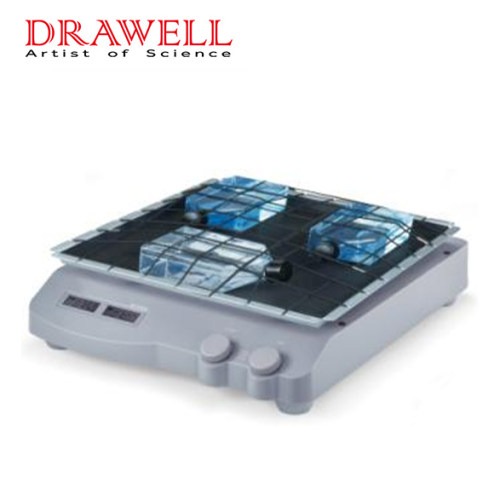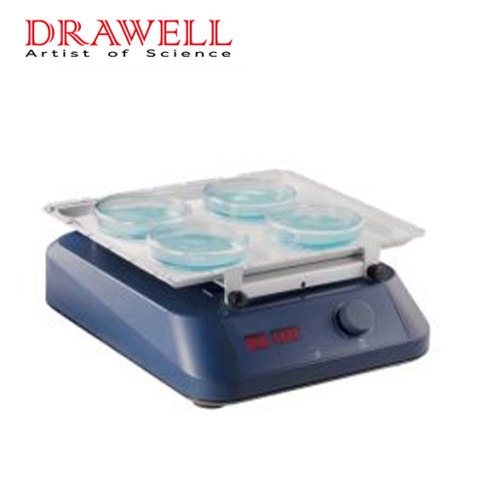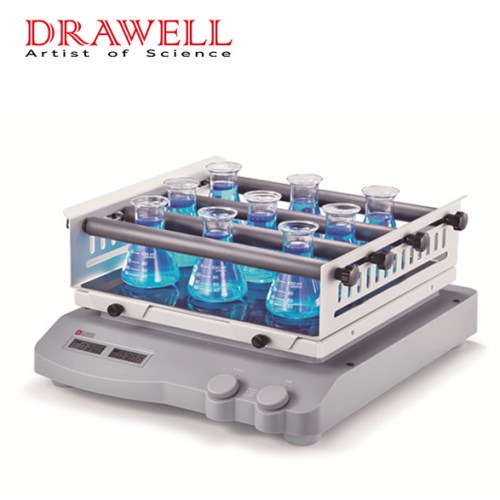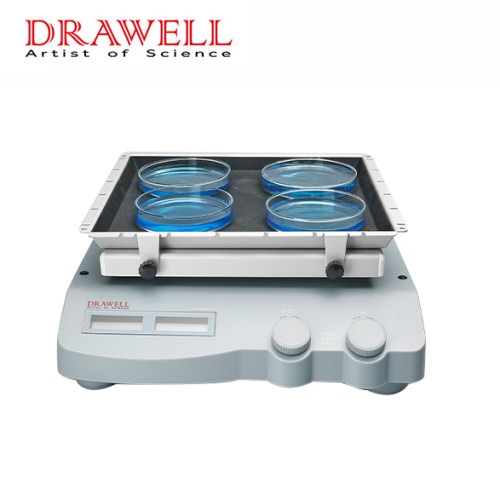Shakers are laboratory instruments that are commonly used for mixing, agitation, and aeration of liquid samples. There are different types of shakers available, including orbital shakers and rocking shakers. In this article, we will compare these two types of shakers in terms of their mixing capabilities, speed range, amplitude, capacity, control options, and noise level.
Mixing Capabilities of Orbital Shakers and Rocking Shakers
Orbital shakers provide a 3-dimensional shaking motion that is ideal for mixing and agitation of liquids. They can also be used for the aeration of cultures and the mixing of viscous samples. On the other hand, rocking shakers provide a gentle rocking motion that is suitable for mixing delicate samples and low-foaming liquids. They are commonly used in biological and biochemical applications, such as incubation of cells and protein purification.
Speed Range of Orbital Shakers and Rocking Shakers
The speed range of a shaker is an important factor to consider, as it determines the intensity of the shaking motion. Orbital shakers typically have a wider speed range than rocking shakers, ranging from a few rpm to several hundred rpm. This allows for a more vigorous shaking motion that can be adjusted to suit the sample type. In contrast, rocking shakers usually have a slower speed range, typically between 5 and 100 rpm. This makes them ideal for gentle mixing and agitation of samples.
Amplitude Range of Orbital Shakers and Rocking Shakers
The amplitude of a shaker is the maximum displacement of the shaking platform. Orbital shakers typically have a larger amplitude range than rocking shakers, which allows for a more vigorous shaking motion. The amplitude range for orbital shakers can be up to 25 mm, whereas for rocking shakers it is typically between 10 and 20 mm. The larger amplitude range of orbital shakers makes them more versatile, as they can accommodate a wider range of sample types.
The capacity of Orbital Shakers and Rocking Shakers
The capacity of a shaker is the maximum volume of sample that it can accommodate. Orbital shakers usually have a larger capacity than rocking shakers. They can accommodate a range of flask sizes from small tubes to large containers. In contrast, rocking shakers are better suited for smaller volumes, typically up to 2 liters. This makes them ideal for applications that require a smaller volume of samples, such as incubation of cells and protein purification.
Control Options of Orbital Shakers and Rocking Shakers
Both types of shakers offer a range of control options, such as speed, time, and temperature. However, orbital shakers usually offer more advanced control options, including programmable settings, ramping, and shaking direction. This makes them more suitable for applications that require precise control of shaking conditions. Rocking shakers, on the other hand, are simpler in design and offer basic control options, which makes them easier to use for routine applications.
Noise Level of Orbital Shakers and Rocking Shakers
The noise level of a shaker is an important factor to consider, especially in laboratory settings where noise levels need to be kept low. Rocking shakers are generally quieter than orbital shakers due to their simpler design and lower speed range. However, the noise level can vary depending on the specific model and manufacturer. It is important to consider the noise level of a shaker when selecting one for your laboratory, especially if it is located in a shared space.
Conclusion: Selecting the Right Orbital Shaker for Your Laboratory
In conclusion, both orbital shakers and rocking shakers have their advantages and disadvantages, and the choice between the two will depend on the specific application requirements, the sample type, and the budget. It is important to consider factors such as mixing capabilities, speed range, amplitude, capacity, control options, and noise level when selecting a shaker for your laboratory. With the right shaker, you can achieve optimal mixing and agitation of your samples, leading to better results and more efficient workflows.

